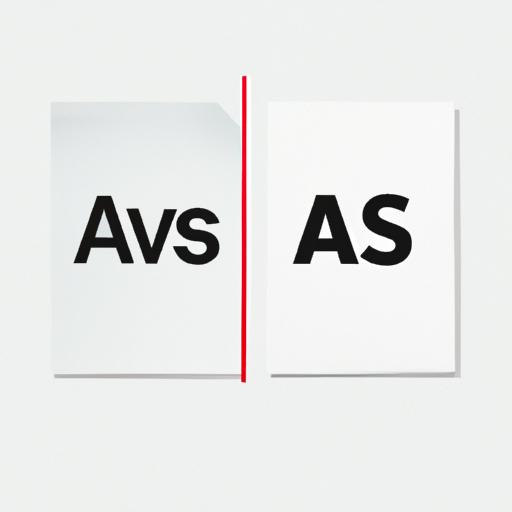What is the Standard Paper Size?
Table of Contents
As a writer, designer, or printer, knowing the standard paper size is essential for producing high-quality work. The size of a paper can affect the overall look of a document, the readability, and the printing cost. In this article, we’ll discuss the different paper sizes used globally and the importance of choosing the right size for your project.
ISO Standards

The International Organization for Standardization (ISO) has established a set of paper size standards known as the A-series paper sizes. These sizes are commonly used in countries around the world, except for North America. The A-series paper sizes range from A0 to A10, with A0 being the largest and A10 being the smallest.
The A4 paper size is the most commonly used size in the A-series, measuring at 210mm x 297mm or 8.27 inches x 11.69 inches. This size is equivalent to a letter-size sheet in North America. The other A-series paper sizes are created by halving or doubling the A4 size.
Using the ISO standards for paper sizes has several advantages. For example, when a document is created using the A-series standard, it can be easily scaled up or down without losing its aspect ratio. Additionally, using standard sizes can reduce the cost of printing and shipping, as it allows for more efficient use of paper and packaging materials.
Overall, the A-series paper sizes are a reliable and widely accepted standard for paper sizes around the world. Understanding these sizes can help ensure that your documents are created to the correct dimensions and aspect ratio.
North American Standards
In North America, a different set of paper size standards is used compared to the ISO A-series. The most commonly used paper sizes in North America are Letter, Legal, and Tabloid sizes.
The Letter paper size measures at 8.5 inches x 11 inches or 216mm x 279mm. This size is similar to the A4 size used in ISO standards. The Legal paper size measures at 8.5 inches x 14 inches, which is slightly longer than the Letter size. The Tabloid paper size, also known as Ledger, measures at 11 inches x 17 inches or 279mm x 432mm. This size is often used for printing newspapers, magazines, or large drawings.
Choosing the right paper size is crucial when printing documents in North America. For example, printing a document on Letter-size paper instead of Legal-size paper can result in cut-off text or images. It’s important to carefully consider the dimensions and aspect ratio of the paper size before printing or designing a document.
Other Paper Sizes
Apart from the ISO A-series and North American paper size standards, there are other paper sizes used in different countries or industries. The B-series paper sizes, for example, are commonly used in Japan and measure between 1 and 10 sizes larger than the A-series. The C-series paper sizes are used for envelopes and are created by folding an A-series sheet in half.
Envelope sizes also vary depending on their intended use. The most common envelope sizes include DL, C5, and C4. DL envelopes are commonly used for business letters and measure at 110mm x 220mm. C5 envelopes are slightly larger and are often used for greeting cards, invitations, or small booklets. C4 envelopes are the largest standard envelope size and are commonly used for mailing documents or brochures.
Understanding other paper sizes and envelope sizes can help you choose the right size for your specific project or target audience. It’s important to consider the purpose of the document or mailing and choose a size that is both practical and visually appealing.
Choosing the Right Paper Size
When choosing the appropriate paper size for a project, several factors should be considered. One critical factor is the type of document being created. For example, a resume or business letter should typically be printed on standard letter-size paper, while a poster or brochure may require a larger size such as A3 or tabloid.
Another factor to consider is the printing method. Some printers have limitations on the size of paper they can handle, and using a size that is too large or too small can result in poor print quality or wasted paper. It’s essential to check the printer’s specifications to ensure that the paper size selected is compatible.
Finally, the desired final product size should be taken into account. If the document needs to be folded or trimmed to a specific size, it’s crucial to choose a paper size that can accommodate these changes without affecting the content’s readability or design.
Conclusion
In conclusion, understanding the standard paper sizes is vital for creating high-quality documents that are efficient and cost-effective. The ISO A-series and North American standards offer a range of sizes suitable for various projects. When selecting the appropriate paper size, it’s essential to consider factors such as the type of document, printing method, and desired final product size. By taking these factors into account, you can ensure that your project is successful and meets your expectations.

